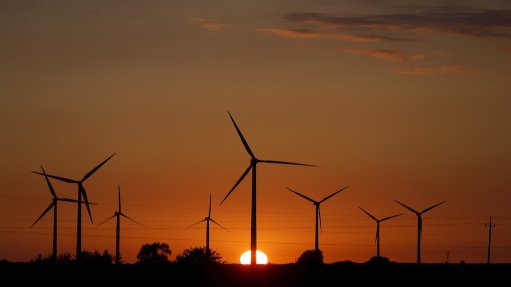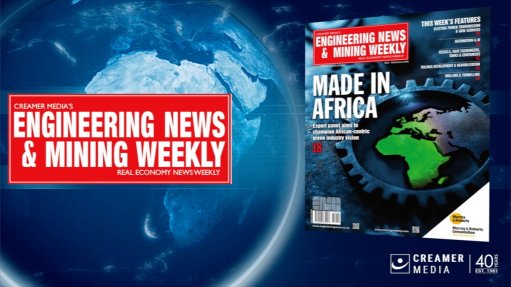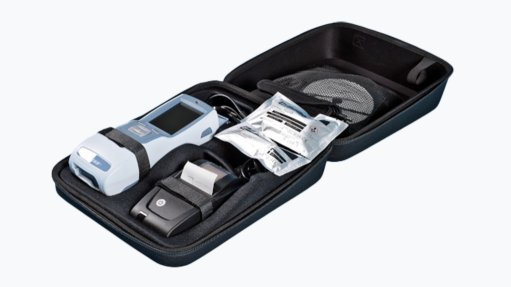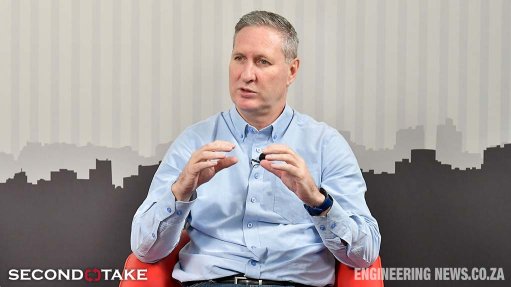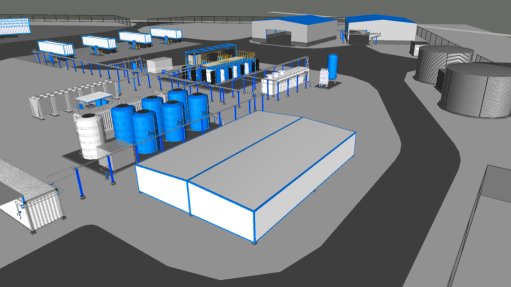SA Has Coped with Load Shedding Grief: How to move on
“Over the past 16 years, the country’s citizens have had to contend with a great deal of loss and uncertainty as a consequence of load shedding. We have all lost something… the biggest being confidence that we are in control of our lives and our businesses,” says Roger Hislop, energy management systems executive at CBI :energy.
“Now, over three-quarters of the way through 2023, South Africa has experienced more power outages than it did during the whole of 2022, with regular Stage 6 outages being a feature,” he adds.
“One could say we have gone through the five stages of grief, which were famously outlined by Psychiatrist Elisabeth Kübler-Ross in her book ‘On Death and Dying’,” he points out. “This includes denial (“it won’t last!”), anger (“I can’t believe it’s off again!”), bargaining (“just a little longer and a small gennie and we’re over it”), depression (“everything is falling apart and there’s no hope”), and I believe we now need to reach the acceptance phase. We need to make a plan, deal with it.”
Sixteen years later, businesses and individual homeowners have had no choice but to invest billions of Rands in their own diesel generators, solar PV and battery systems. “More billions will be spent, with companies’ pulling investment from manufacturing capacity, facilities, stock, and R&D and pushing this into just keeping the lights on. We’ve all had to face the fact that we, in the private sector, have had to take charge of our own energy destinies.”
“Following acceptance, we need to move from the Five Stages of Load Shedding Grief to a five-step plan to recover control of our lives – for the sake of our families, and our businesses,” he says. “I call it the Five Stages of Energy Maturity.”
Hislop outlines each stage that needs to be addressed and achieved to ensure energy security for our country’s future.
Stage 1 - Reduce Energy Consumption: Reduce waste and inefficiencies, while also cutting unnecessary costs by turning off loads when possible and shifting loads to when they put the least strain on supply.
Stage 2 - Optimise Generation: Use what you have more effectively. Run loads during the day to use up solar capacity and run generation sets at optimal load level to reduce diesel consumption and maintenance costs.
Stage 3 - Automate Demand-side Management: Shed what you need to and when you want to shed it. But don’t rely on individuals to do it, automate your load control. Reduce large loads, but also cut down on the large number of small loads that all add up.
Stage 4- Curtail Demand: Use power where and when it makes sense to do so and set hard limits on power and energy. Hard limits on power (kilowatts) means making sure that not too much load comes on at the same time. Hard limits on energy entails budgeting your kilowatt hours and sticking to it. Energy is now a finite resource to be used wisely.
Stage 5 - Plan Around Energy Independence: True acceptance. If there is Stage 8 or even a grid collapse, there could be little or no utility power for days or weeks. Can your business still run? What do your essential systems need and can you supply them? Do you have enough solar to top up batteries? Do you have enough diesel stored?
“In every one of these stages, it comes down to knowing in great detail what you’re using power for, when and why,” he outlines. “This requires granular, per-minute metering at multiple points in the electrical distribution network within a building. More importantly, it means implementing a robust, but simple, electrical load management system, where you can turn things on and off at the click of a button. Or, better yet, set up some automated rules and let the computers click the button).”
“We have lost some things that we didn’t know were so core to our lives – our comfort and sense of being in control. But the very survival of our economy and the jobs it creates is at risk. We’ve navigated the stages of grief. Now we must make a plan, sort it out, and carry on as a country. We’ve faced adversity before and overcome. We can do it again,” Hislop concludes.
For more information, follow CBI :energy on X and LinkedIn or visit www.cbi.energy
Comments
Announcements
What's On
Subscribe to improve your user experience...
Option 1 (equivalent of R125 a month):
Receive a weekly copy of Creamer Media's Engineering News & Mining Weekly magazine
(print copy for those in South Africa and e-magazine for those outside of South Africa)
Receive daily email newsletters
Access to full search results
Access archive of magazine back copies
Access to Projects in Progress
Access to ONE Research Report of your choice in PDF format
Option 2 (equivalent of R375 a month):
All benefits from Option 1
PLUS
Access to Creamer Media's Research Channel Africa for ALL Research Reports, in PDF format, on various industrial and mining sectors
including Electricity; Water; Energy Transition; Hydrogen; Roads, Rail and Ports; Coal; Gold; Platinum; Battery Metals; etc.
Already a subscriber?
Forgotten your password?
Receive weekly copy of Creamer Media's Engineering News & Mining Weekly magazine (print copy for those in South Africa and e-magazine for those outside of South Africa)
➕
Recieve daily email newsletters
➕
Access to full search results
➕
Access archive of magazine back copies
➕
Access to Projects in Progress
➕
Access to ONE Research Report of your choice in PDF format
RESEARCH CHANNEL AFRICA
R4500 (equivalent of R375 a month)
SUBSCRIBEAll benefits from Option 1
➕
Access to Creamer Media's Research Channel Africa for ALL Research Reports on various industrial and mining sectors, in PDF format, including on:
Electricity
➕
Water
➕
Energy Transition
➕
Hydrogen
➕
Roads, Rail and Ports
➕
Coal
➕
Gold
➕
Platinum
➕
Battery Metals
➕
etc.
Receive all benefits from Option 1 or Option 2 delivered to numerous people at your company
➕
Multiple User names and Passwords for simultaneous log-ins
➕
Intranet integration access to all in your organisation









